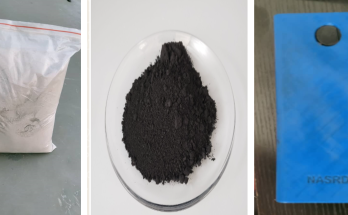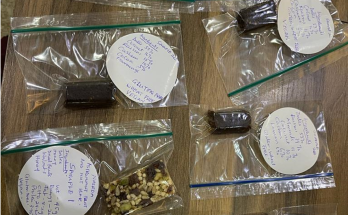During space travel, microgravity imposes structural and physiological effects on Astronauts including immune dysregulation, cardiovascular, gastrointestinal, cognitive and musculoskeletal deconditioning. Spaceflight osteopenia is also an established health challenge experienced by astronauts. As a result, understanding how microgravity affect astronauts and subsequent development of countermeasures against its deleterious effect necessitate the use of a ground base microgravity simulator.
A team of scientists have designed a hind limb unloading device (HUD) to simulate conditions that mimic microgravity on experimental animals. The HUD stimulate the cephalad fluid shift and musculoskeletal disuse in experiment animals and other effects observed in spaceflight. With the rationale that wistar rats are used extensively to model human conditions on earth, experiments using this animal model may prove useful for understanding mechanisms and anticipating human responses to spaceflight. Evidence from this experiment can subsequently be used to develop measures to prevent or mitigate such deleterious health effect on astronauts.
Research studies have been conducted to understand the mechanisms in which the device mimics microgravity. Results from these studies have given insight on how to infuse or lace micronutrients into astronaut food to combat osteoporosis. In addition, the data generated could be useful in developing exercise regime for astronauts.



